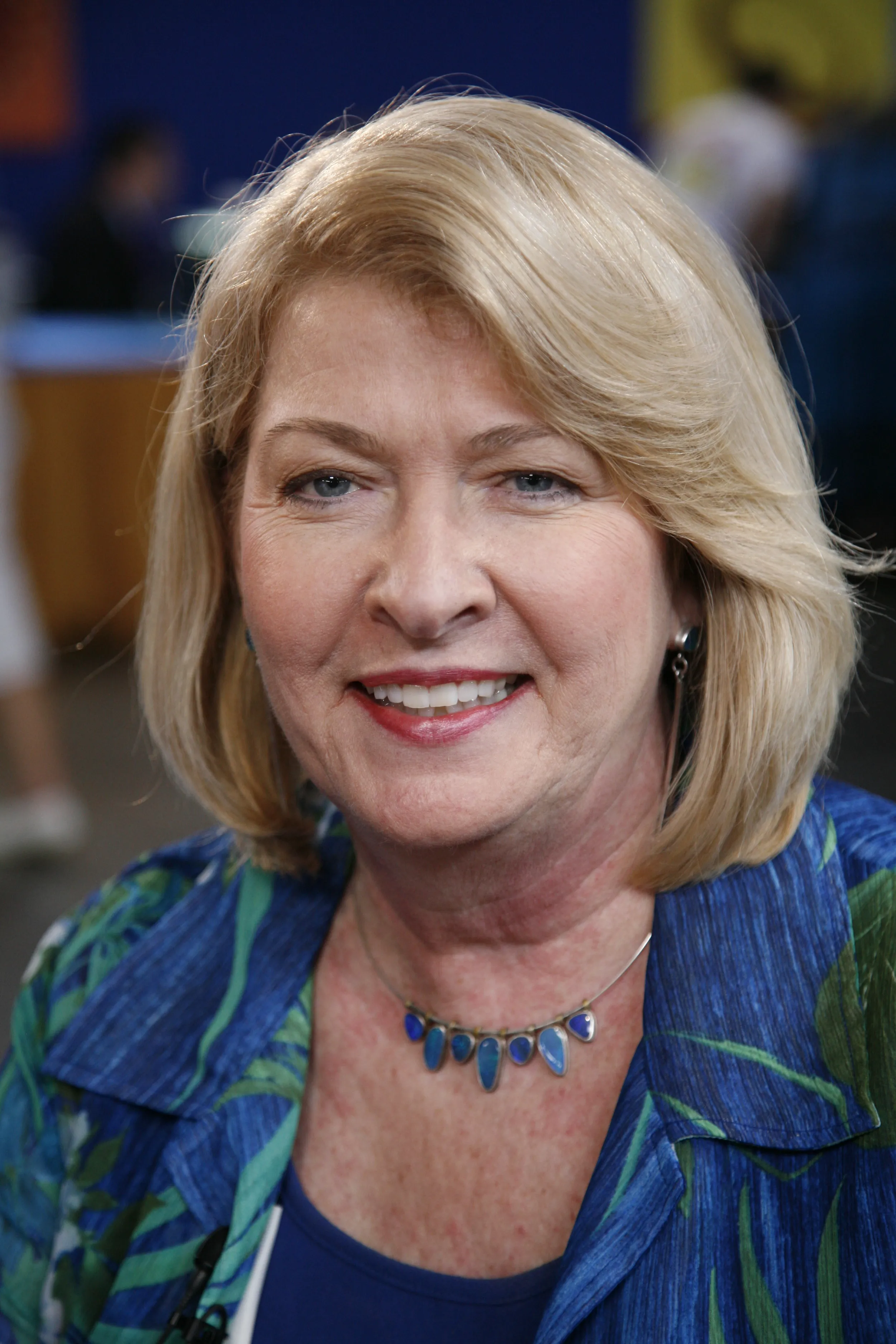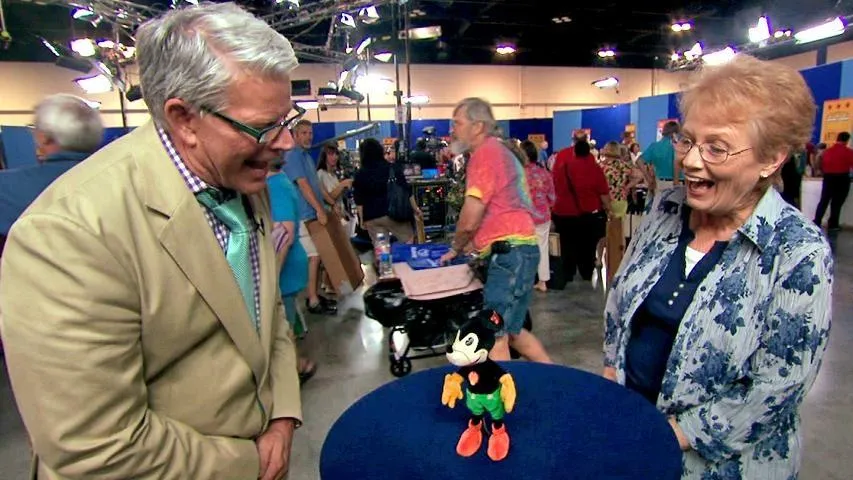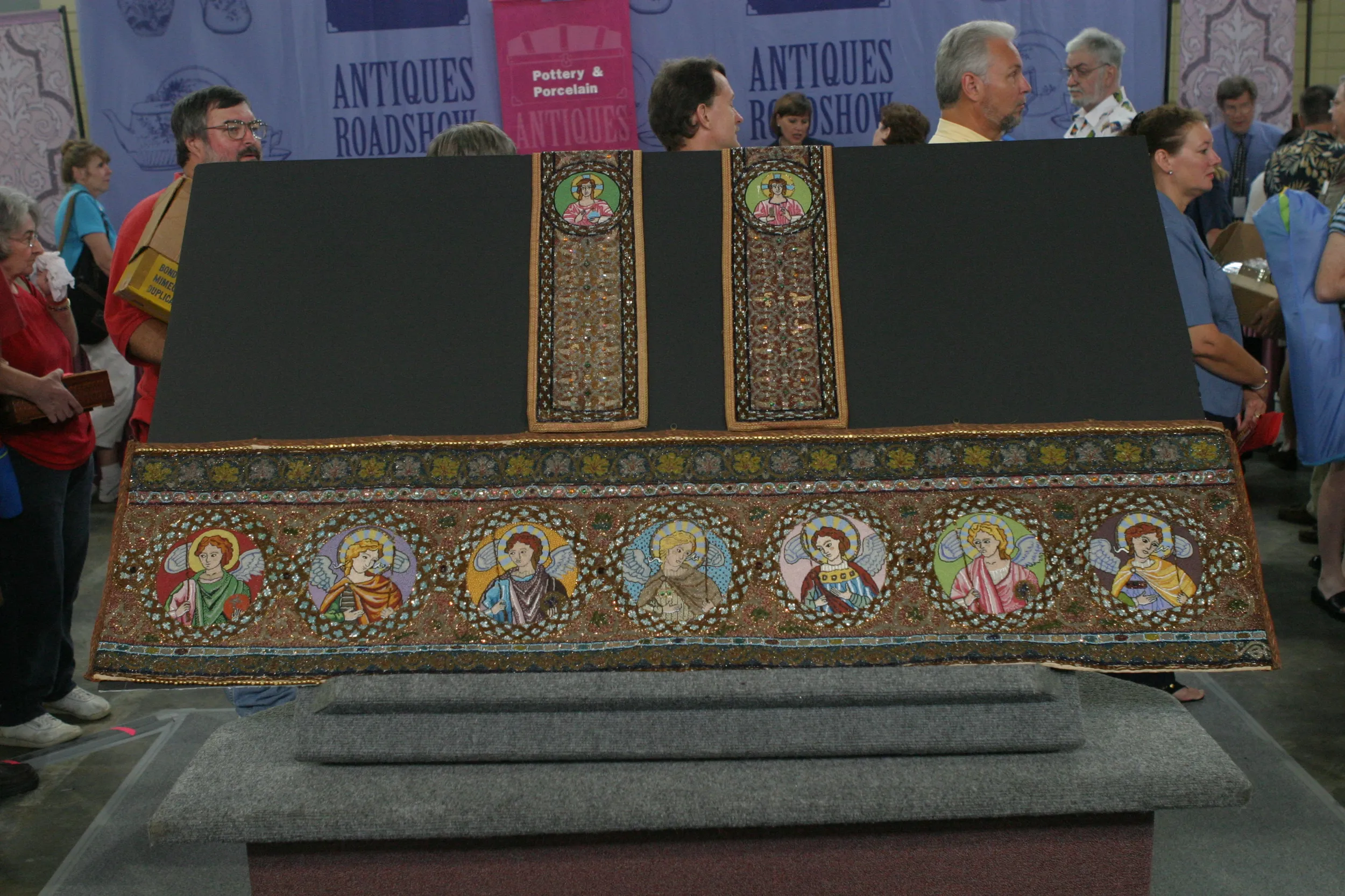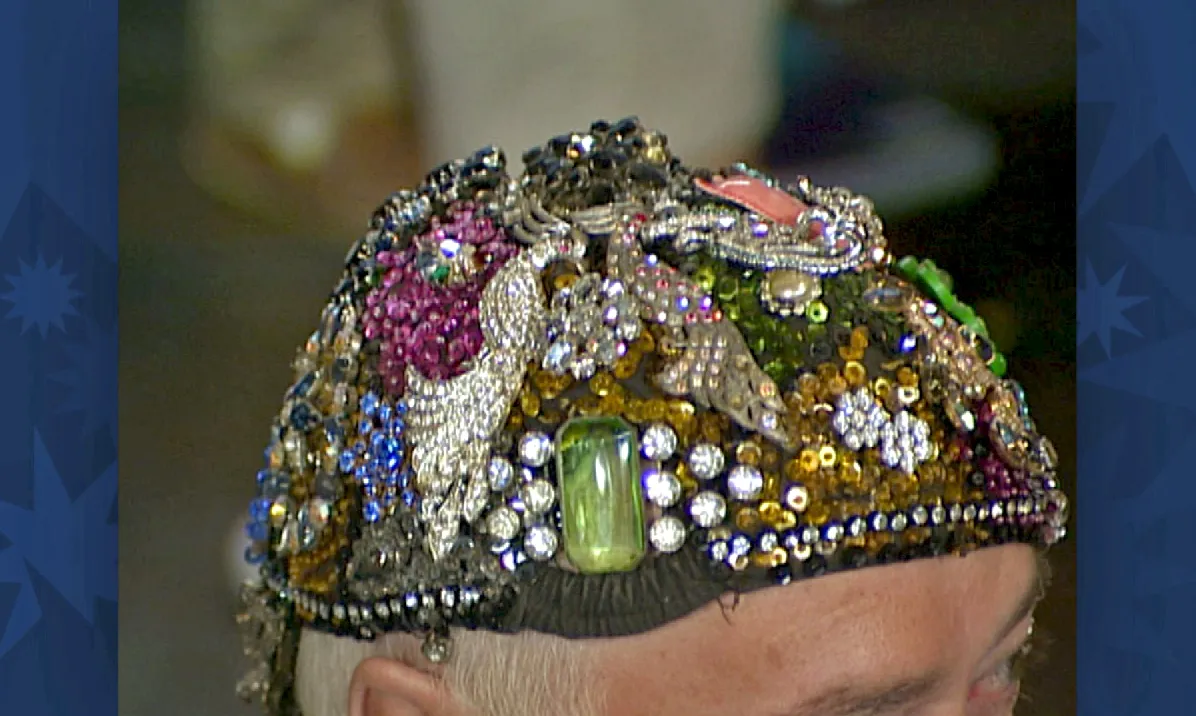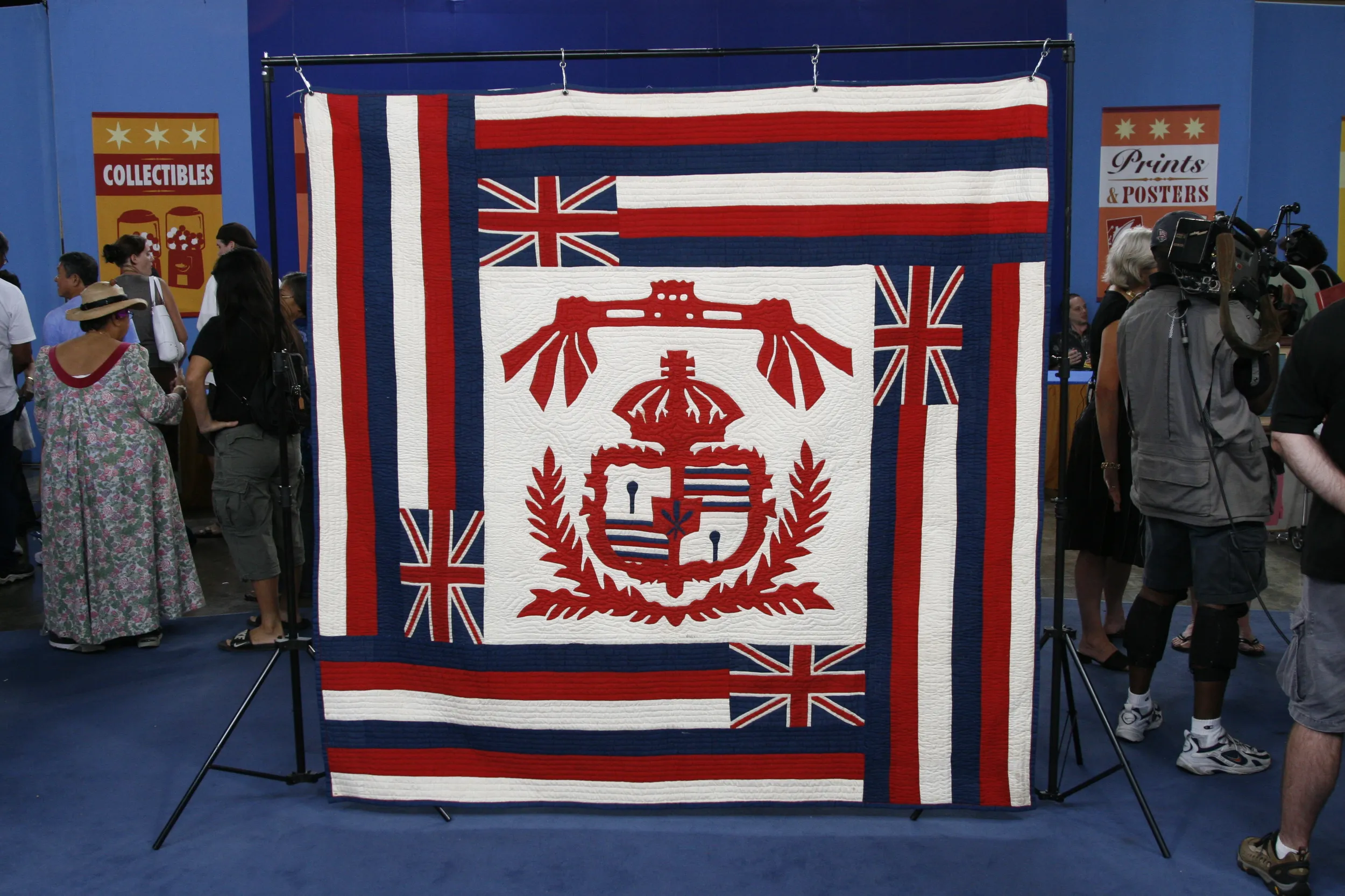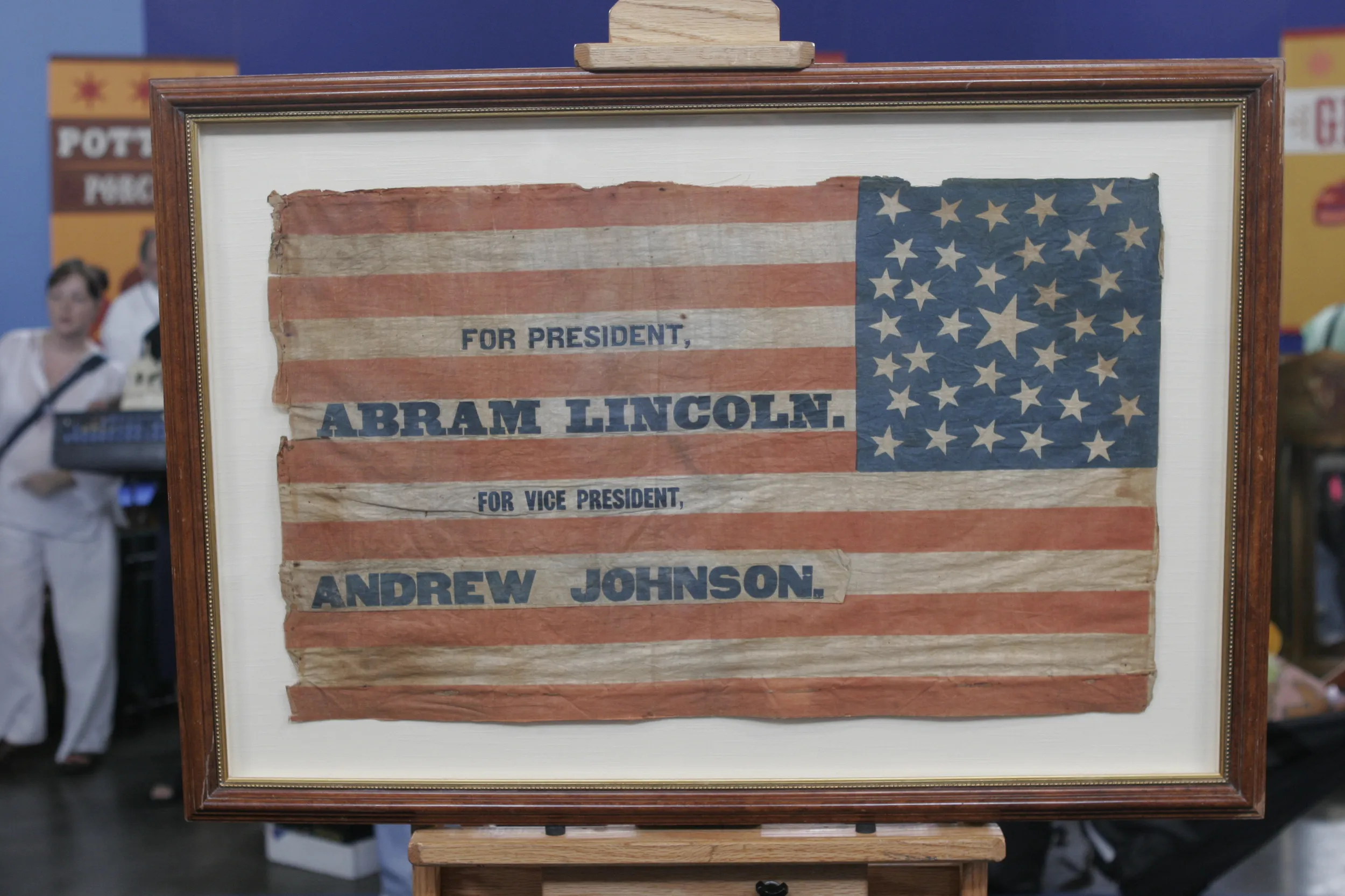GUEST: It's been in my family. The lady that wore it was my great-grandmother's great-grandmother. And it was part of her trousseau when she married.
APPRAISER: And about when would that have been?
GUEST: 1776.
APPRAISER: And where did she live at that time?
GUEST: She lived in New York.
APPRAISER: Do you know anything about the dress as to where it was made or anything about the fabric?
GUEST: No, and I've always wondered. She was an American and she married an American, and I'd assumed it was made in America, but experts tell me that this kind of fabric was not being made in America then, and it was probably made in France, possibly England.
APPRAISER: Well, it's a beautiful dress, and it's made in the 1770s, as you mentioned.
GUEST: Yes.
APPRAISER: The fabric is exceptional. It's a French brocade. You have to remember that at this time in America, fabrics were very, very expensive. But a fabric of this quality is just exceptional. This would be the quality that Marie Antoinette would have worn. It has a nice, fitted waist with a pannier skirt, which means it accentuates the small waist and makes the hips look fuller. And we have nice fitted sleeves with double ruffles, right around the elbow. It's all hand-sewn, of course, because there was no sewing machine at that time. The hooks and eyes in the front, which would be beneath this area here, are replacements. But other than that, the condition of it is just amazing.
GUEST: We wondered if it was made in France and sent over to her because the man she married was from French Huguenot ancestry.
APPRAISER: It's a little puzzling as to whether it was actually made in the United States or France. Possibly it was made in France. Today, I think, in a really high-quality shop, it would sell from somewhere between $25,000 and $30,000.
GUEST: Goodness. Well, that's interesting.
